The team behind Aberdeen’s Belmont Cinema have ventured out on a globe-trotting adventure worthy of any Tom Cruise action film as they turn their own Mission: Impossible into a reality.
From Montrose to Manhattan, the brains behind the initiative have visited independent picturehouses all over the place as they work to restore the Belmont’s former glory.
At a tough time for cinema in general, they know they have to get things just right.
And now, one month after revealing their designs for the reimagined venue, they are sharing their biggest inspirations.
Dallas King, Jacob Campbell and Lizzi Nutt (associate interior designer) from Tinto Architecture gave us a look behind the scenes as they detailed the 10 spots that have shaped their vision…
Montrose Playhouse, Montrose
The remarkable underdog story of the Montrose Playhouse certainly set an example to follow.
The building on The Mall – now home to scores of blockbusters and classics – had been a swimming pool for more than 60 years before the council shut its doors in 2012.
Its closure raised concerns that the structure could fall into disrepair if left disused.
But local architectural designer David Paton was determined not to let that happen, and instantly began drafting designs on how it could be repurposed as a cinema.
After nine years of relentless efforts and fundraising, Mr Paton’s sketches became reality and Montrose Playhouse welcomed its first customers in 2021.
The popular community-owned three-screen cinema also has an art centre with cafe bar, activity spaces and retail area.
Belmont Cinema bosses Dallas King and Jacob Campbell say their success in turning a forlorn building into a vibrant arts centre is exactly what they now strive to achieve.
While it may not have influenced the design significantly, it gave them the courage to dream of a bright new future.
And seeing how booming it has been over the last three years also gives them hope that they too will be able to turn the Belmont around.
Glasgow Film Theatre, Glasgow
The complete opposite of Montrose’s glossy new cinema, Glasgow Film Theatre (GFT) has been around the block for some time now.
Opened in 1939 as the Cosmo, the picture house has gained a solid reputation as one of the best in the country – and even in the world, if you ask Dallas.
It was Scotland’s first arts cinema and the last purpose-built one to be created in the city before the outbreak of the Second World War.
He adds GFT is the “gold standard” of what an independent cinema can be, and this applies both to its sleek design and its welcoming atmosphere.
The venue’s foyer and bar have been customised to fit hundreds of film fans during busy spells as well as festivals – despite the limited space within the listed building.
And their programme is no less interesting either, with more than 600 different films shown on their big screens every year – 60% which are foreign-language.
So what has the Belmont team taken away from all of this? The answer is: Everything!
Much like their Glaswegian counterparts, the design team behind the refurbishment of the Aberdeen venue has come up with ideas to maximise the little space they’ve got.
The former ticket booth will be removed and the wall knocked through to allow more seating in the foyer, while the staircase to the screens will be widened.
However, there is also a more sentimental side to it.
Dallas says: “They celebrated their 50th anniversary this year, and we want this new iteration of the Belmont to have the same kind of success, longevity and legacy.”
Picturehouse Central, London
Eight years before Aberdeen’s Belmont was abruptly closed, the same thing happened to a beleaguered Cineworld branch in London’s Trocadero Centre.
Seeing how it was reborn into what Dallas calls a “temple to film” has shown how such a refurbishment can be achieved.
It reopened the following year, with a ground floor cafe, members bar and roof terrace overlooking Piccadilly Circus.
Dallas enthuses: “This is the jewel in the Picturehouse crown and a focal point for people who love cinema, whether it is audiences, critics or filmmakers.
“Each space has its own character and identity but it all blends seamlessly together.”
As if that wasn’t quite enough, Dallas has a soft sport for any cinema with its own readograph (the backlit signs with moveable letters you sometimes see outside vintage cinemas).
The design of the front and main reception of the Belmont emulates this look.
The Garden Cinema, London
When it came to the design, the team looked to the English capital for this as well – and turned their gaze to a new cinema combining both classic and modern looks.
The “nod to the Art Deco” at the Garden Cinema in the centre of the city is certainly a feature in Aberdeen’s new cinema too.
There’s another striking similarity with the Belmont Street staple: a basement bar.
The team say the Garden Cinema’s bar “makes excellent use of lighting to create a warm, cocooning space for audiences to visit pre and post screening”.
This comes as they feel the need to make a night at the pictures into a real experience, with an attractive bar a big part of that package.
The Belmont’s will have a special “performance corner” which can be used for talks, discussions or even stand-up shows.
An illuminated drinks grid behind the bar, and it will be decorated with posters of timeless classics.
The Logan Theatre, Chicago
Now we hop across the pond to an American city famed for its appearances in some Hollywood favourites: Chicago.
As well as the obvious Oscar-winning musical of the same name, it’s the setting for 80s hits The Untouchables, Ferris Bueller’s Day Off, Home Alone and The Breakfast Club.
And the Belmont crew have been inspired by a picturehouse that dates back to the birth of cinema itself as they seek to razzle dazzle audiences once again…
The Logan Theatre has been a cinema since 1915, and underwent a major reboot in the late 1990s to install new seats, sound systems and projectors.
While the Belmont Cinema’s seating may not be quite that old, it has seen better days – and will be ripped out and replaced with comfier chairs when it reopens.
But despite the changes, it maintained its “authentic retro vibe” and “is everything one thinks of when imagining that classic American movie theatre”.
Metrograph, New York
Staying in America, we visit Manhattan for our next spot of inspiration.
The trendy part of New York is packed with independent cinemas, “catering to every taste you can imagine”.
So perhaps the team was spoiled for choice when it came to selecting a favourite.
Their pick appears to be a bit of a hidden gem, on the Lower East Side.
The Metrograph has an unassuming entrance that you could walk past and not realise there is a cinema inside.
“Sound familiar?” the Belmont crew ask.
As well as a programme sure to delight movie buffs, it has a lounge upstairs where enthusiasts and “industry types” can have meetings, work on screenplays and, well, generally schmooze.
Upstairs in the relaunched Belmont, there will be a training area where filmmakers young and old may one day be having very similar discussions.
Prince Charles Cinema, London
A glance at the “what’s on” section of the Prince Charles Cinema in London is an interesting experience.
As well as new releases, at the moment it’s screening a 1999 Nicolas Cage drama, a movie made in the Soviet Union in the 1970s, horror classic Psycho, cult TV sitcom Garth Marenghi’s Darkplace, and the ENTIRE Lord of the Rings trilogy (extended editions).
The Belmont team know how important it is to provide an enticing offering.
They say: “You can have the highest quality projectors, the best sound, the comfiest seats, yet a cinema will ultimately live or die on the strength of its programming.”
The Prince Charles Cinema is tucked away off Leicester Square, in the shadow of huge Vue, Cineworld and Odeon multiplexes.
Yet, the eclectic mix ensures it punches well above its weight.
Dallas is such a fan that he has a lifetime membership. Perhaps handy, as he will be the person picking the programme for The Belmont.
New Beverly Cinema, Los Angeles
Now we go to Hollywood, with the New Beverly Cinema in sunny LA.
This building was bought by Quentin Tarantino in 2017, and is committed to screening 100% of its programming on 35mm prints (a big thing for true movie buffs!).
And it’s the method preferred by the Pulp Fiction director, and Oppenheimer mastermind Christopher Nolan.
Long-time Belmont fans will also appreciate its printed brochure, allowing die-hards to plan their month out in advance by eagerly highlighting their picks.
Sala Darsena, Venice
When it comes to getting that all-important “big screen experience” just right, Belmont Cinema leaders have taken the lead from the Sala Darsena in Venice.
Well-travelled cinephile Dallas calls it “one of the most aesthetically pleasing auditoriums I have had the pleasure to watch a film in”.
He adds: “It is always a thrill to see the lighting dim on the curved wall panelling all the way from the front of the screen to the back, until you are submerged in darkness as the film begins.”
Kino Intimes, Berlin
The Belmont may lack the size of its nearest rivals in Aberdeen city centre, but is this necessarily a bad thing?
Bosses at the Kino Intimes in Berlin would say “nein”.
The name of the German filmhouse literally translates as “the intimate cinema”.
With only 80 seats, it creates a “distinctly warm, community feel in a Bohemian part of the city”.
Some may argue Aberdeen and Berlin are hardly the same.
But Dallas and his team would beg to differ.
They say the Belmont is the perfect place for an independent cinema because it is a place of history. And they want to “replicate a similar vibe” in Aberdeen.
But there is more to it than just that.
Many miles away from the north-east of Scotland, a dedicated community group came to its rescue to save it in 2019.
An effort worthy of a sequel, some would say.
You can donate to the crowd-funder for the relaunched Belmont Cinema here.
Read more about how the team plans to breathe new life into the forlorn venue:
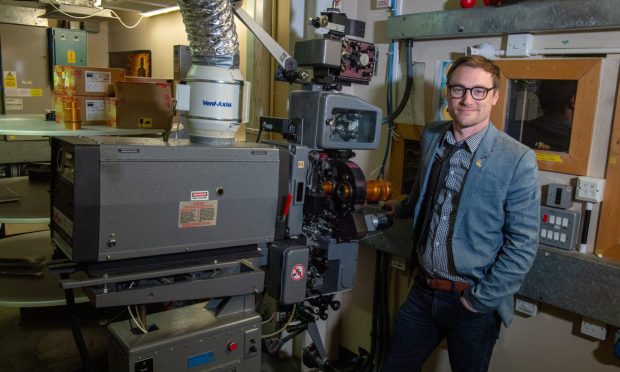
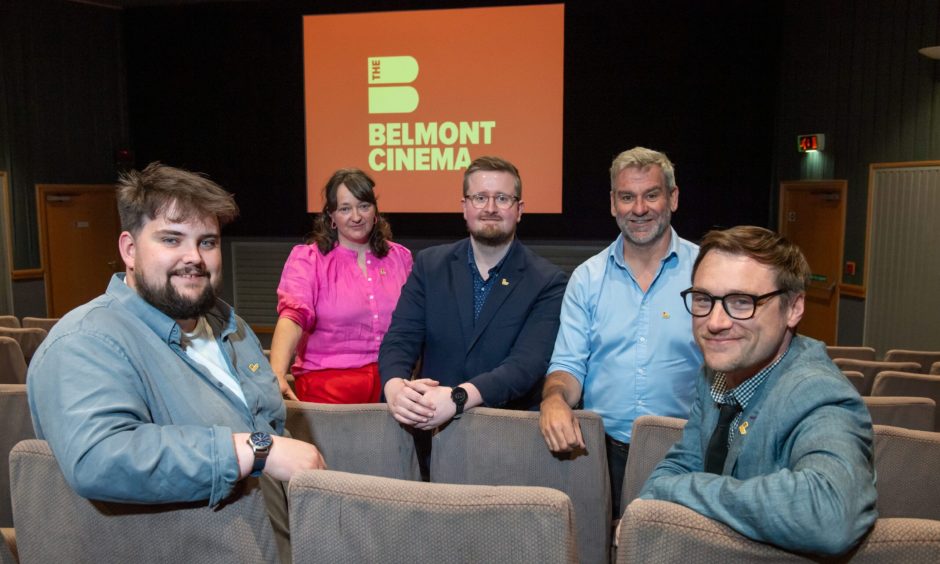
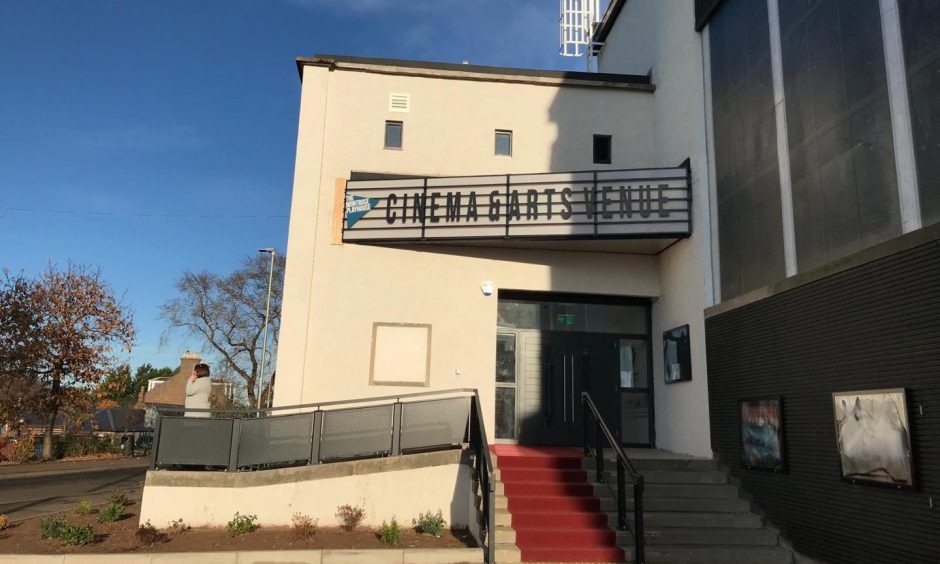
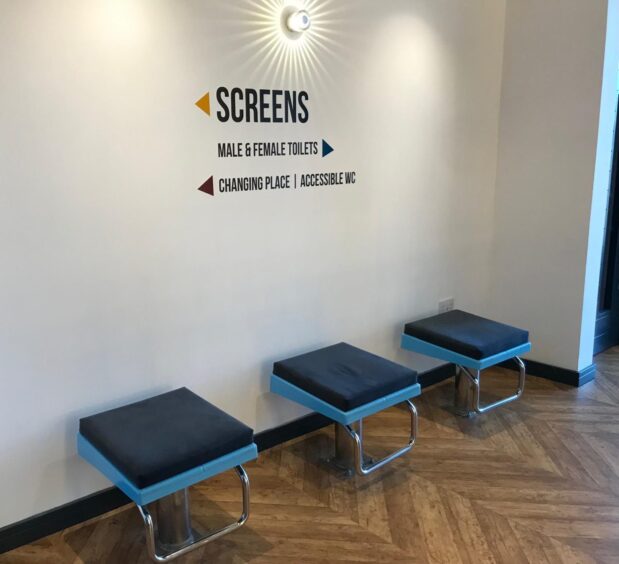
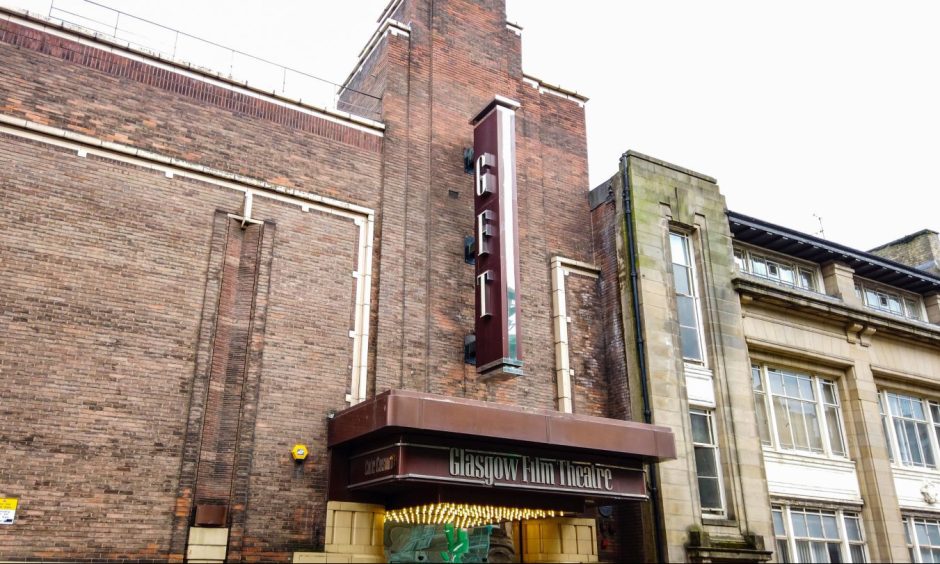
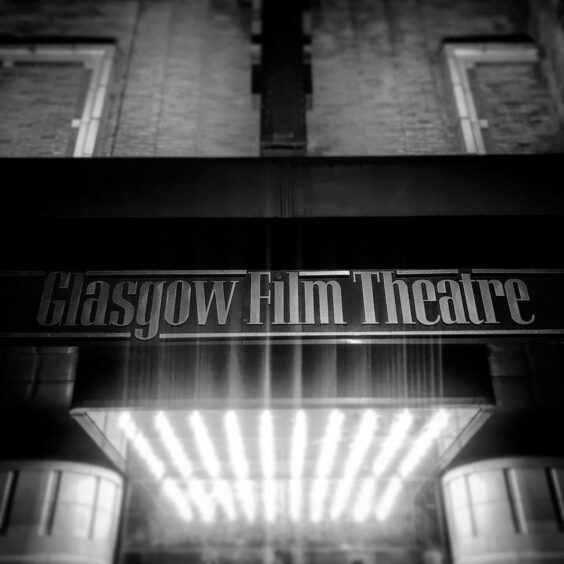
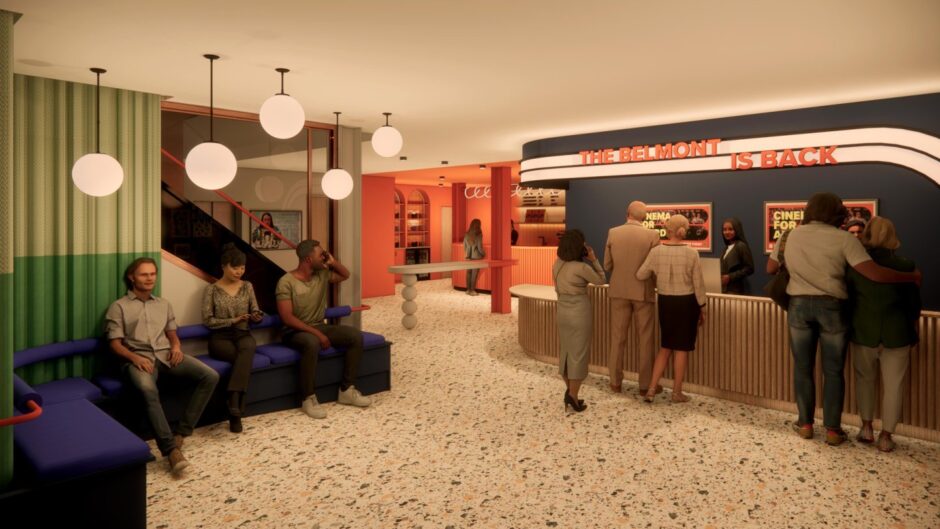
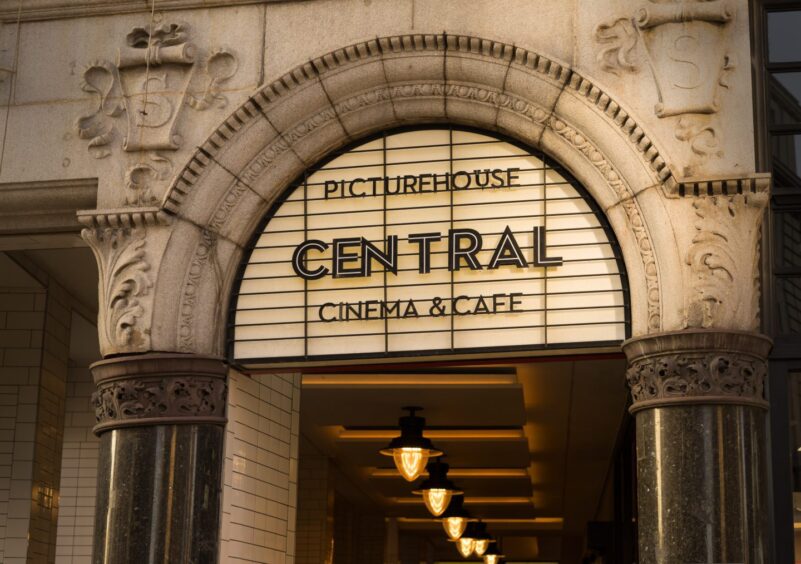
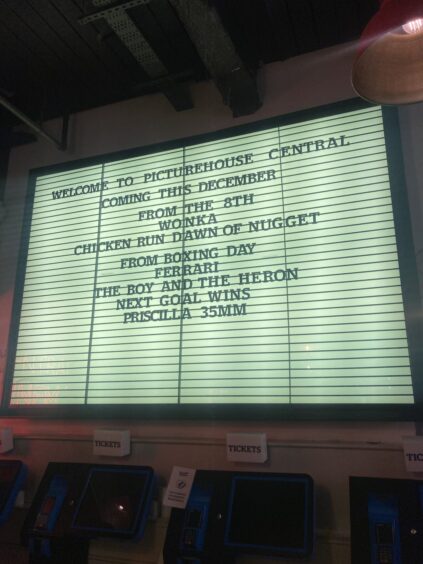
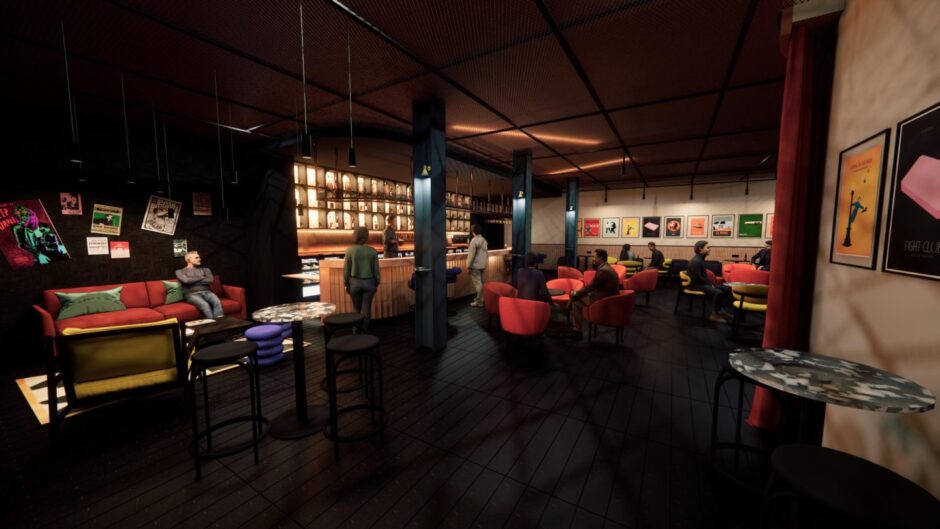
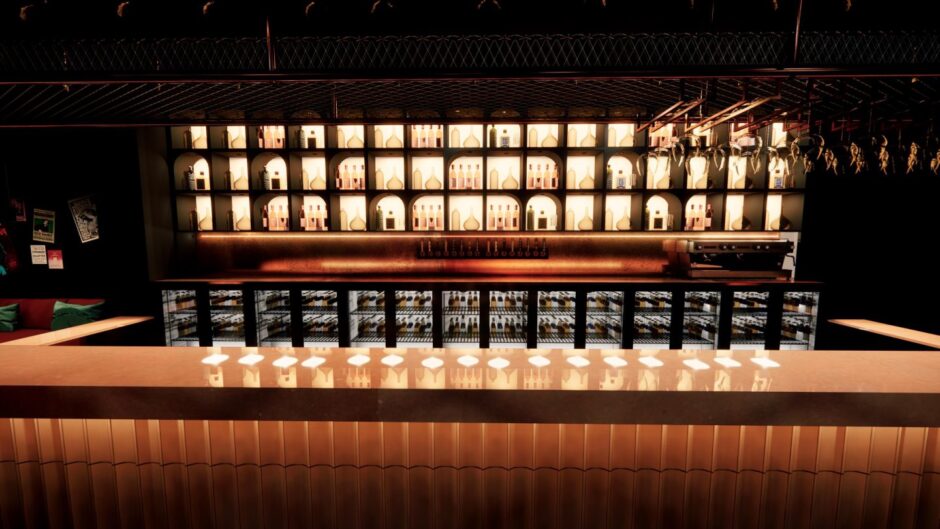
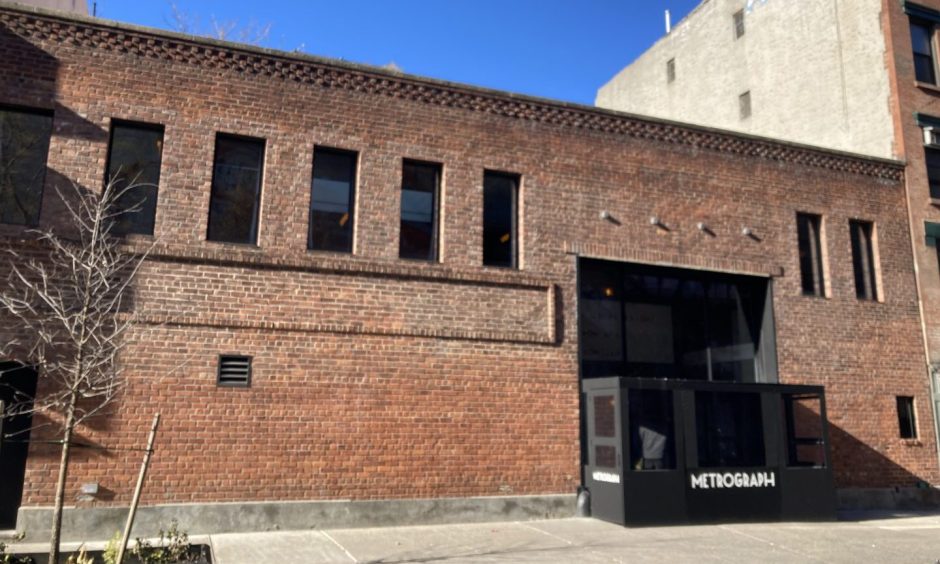
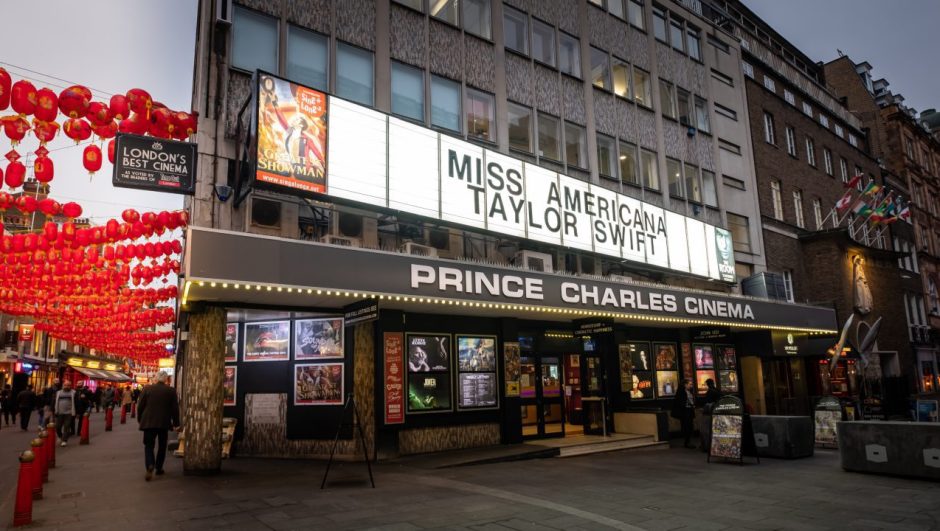
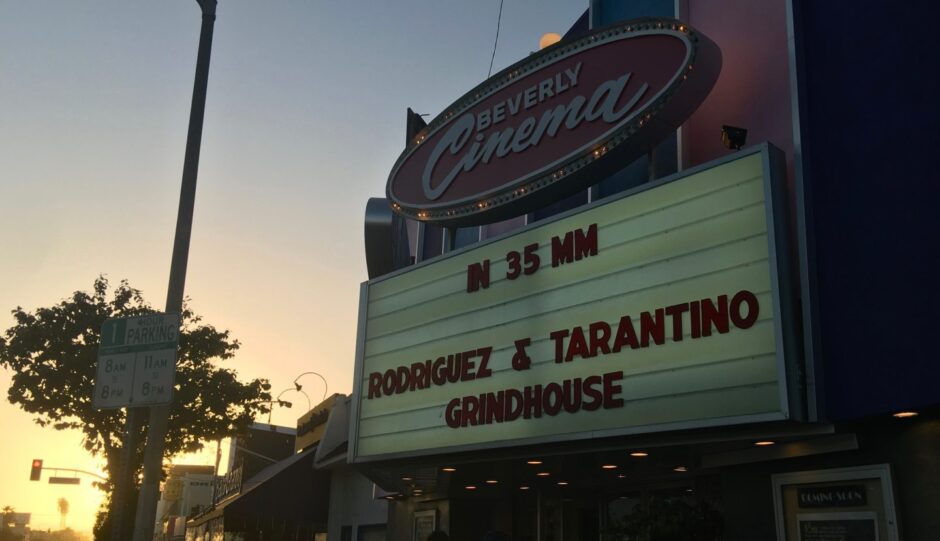
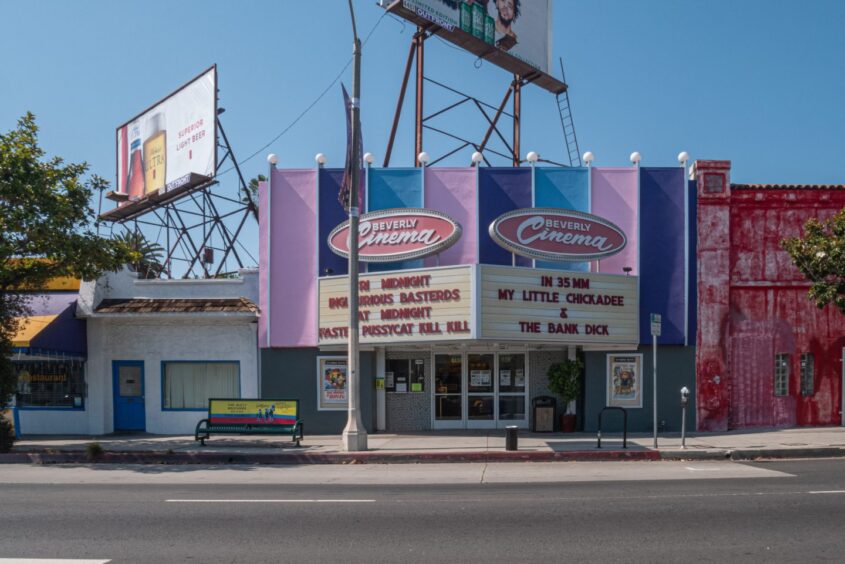
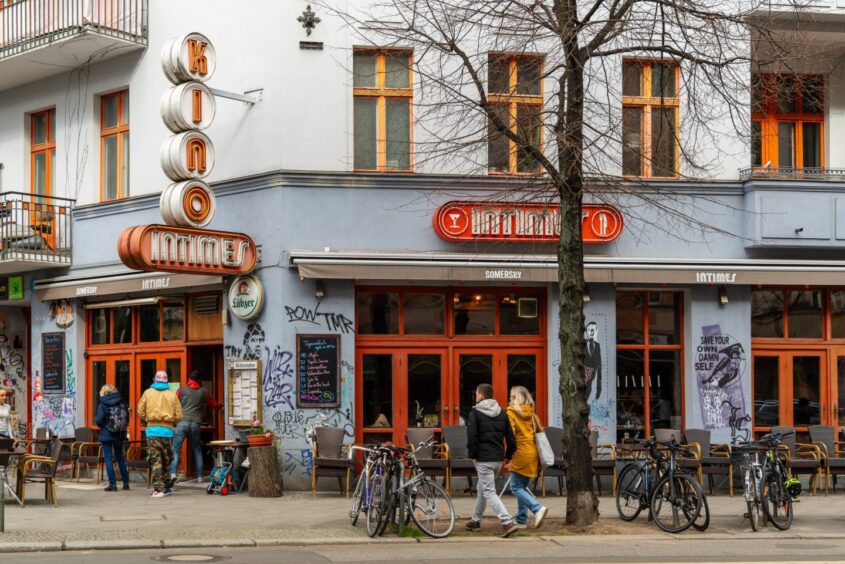
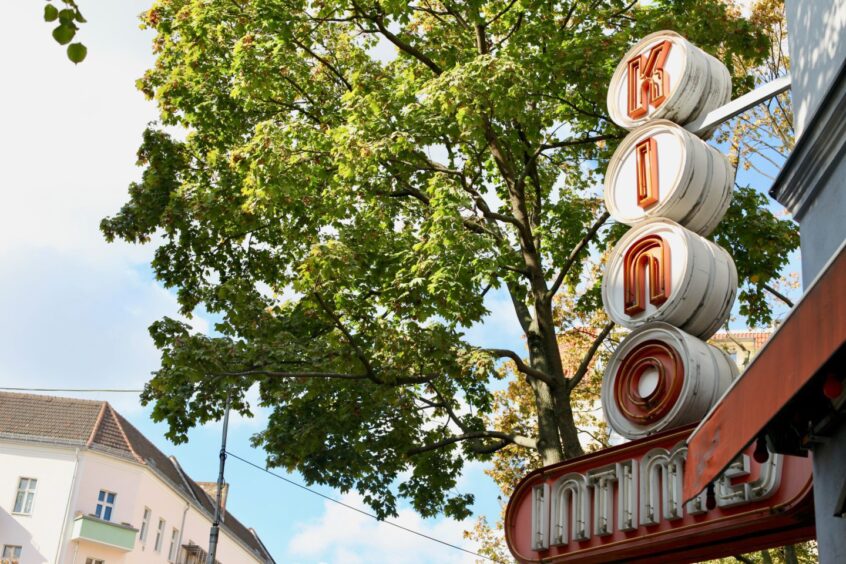
Conversation